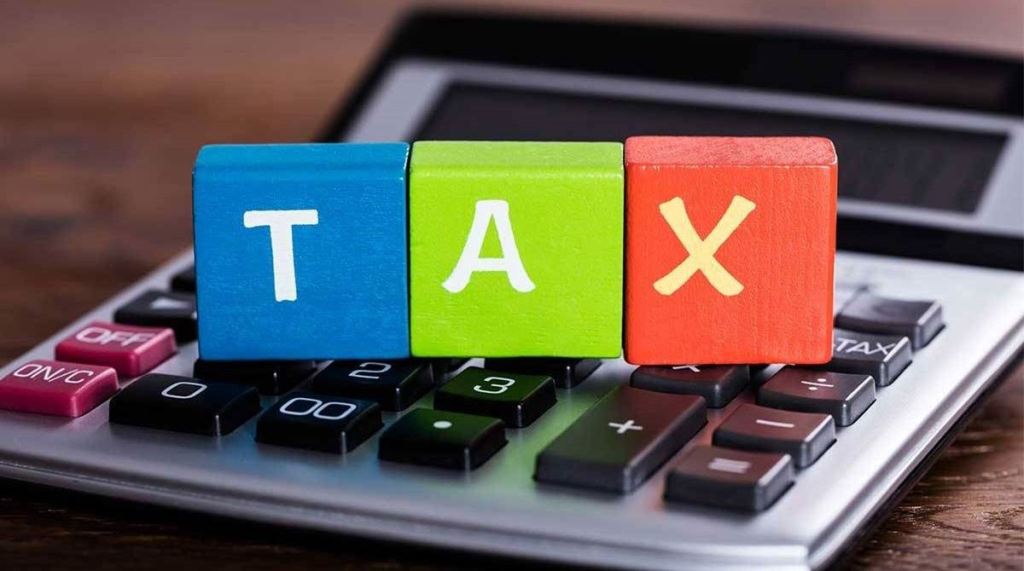Question: When will ITR e-filing start this year? When can salaried taxpayers start filing their tax returns for AY 2024-25? Also, kindly enlighten us on the new AIS functionality.
Answer given by Dr. Suresh Surana, Founder, RSM India: Please note that the original income tax return for the financial year 2023-24 has to be filed on or before 31st July 2024 (generally in case of salaried taxpayers) and if the taxpayer (salaried) fails to file the return or wants to revise the tax return, then it can be filed upto 31 December 2024, subject to late filing fees as applicable.
Generally, the filing of income tax returns would commence from the 1st day of April of the relevant assessment year (AY) or from the date such income tax forms are notified by the CBDT, whichever is later. Since the income tax forms for AY 2024-25 were notified in the month of January 2024 itself, taxpayers could technically commence their ITR filings for Financial Year 2023-24 (relevant to AY 2024-25) from 1st April 2024 itself.
Also Read: Tax saving options under New Tax Regime most taxpayers may not be aware of
However, it is pertinent to note that salaried individuals usually file their tax returns based on the TDS certificate (Form 16) received from their employers. Such form is generally issued by the employers in the first half of June as the last day for TDS filing for the quarter ending March is 31st May and Form 16 is to be issued within 15 days from such return filing. Thus, once such TDS certificate is obtained, the salaried taxpayers should file their return after verifying the details of such certificate. Further, considering that the due date for filing tax return for salaried taxpayers is 31st July 2024, it is recommendable to file the return at the earliest in order to avoid any excess interest consequences.
Further, taxpayers are required to ensure that the details reported in ITR are in line with the information in AIS. In case the taxpayer feels that there is some error in AIS information or that a particular income reflected in his AIS does not relate to him, then he may submit online feedback and report the same by selecting available options (such as Information is correct, Information is not taxable/ not fully correct, etc.). This feedback helps the taxpayers to comment on the accuracy of the information provided by the source of such information.
With regards to the same, the Central Board of Direct Taxes (CBDT) has now vide a Press release dated 13th May 2024 rolled out a new functionality in AIS to display the status of information confirmation process. This will display, whether the feedback of the taxpayer has been acted upon by the Source, by either, partially or fully accepting or rejecting the same. In case of partial or full acceptance, the information is required to be corrected by filing a correction statement by the Source. The following attributes shall be visible to the taxpayer for status of Feedback confirmation from Source.
Whether feedback is shared for confirmation: This will let the taxpayer know if the feedback has been shared with the Reporting Source for confirmation or not.
Feedback Shared On: This will let the taxpayer know the date on which the feedback has been shared with the Reporting Source for confirmation.
Source Responded On: This will let the taxpayer know the date on which the Reporting Source has responded on the feedback shared with it for confirmation.
Source Response: This will let the taxpayer know the response provided by the Source on the taxpayer’s feedback (if any correction is required or not).
This new functionality is expected to increase transparency by displaying such information in AIS to the taxpayer. This is another initiative of the Income Tax Department towards ease of compliance and enhanced taxpayer services.
This Q&A series is published every week on Thursday.
Disclaimer: The views and facts shared above are those of the expert. They do not reflect the views of financialexpress.com

